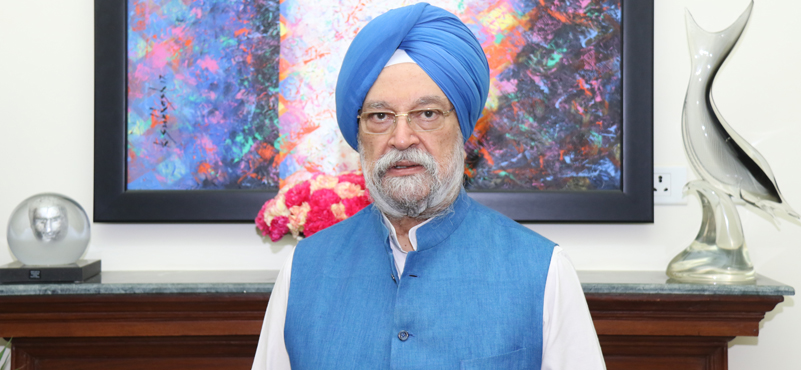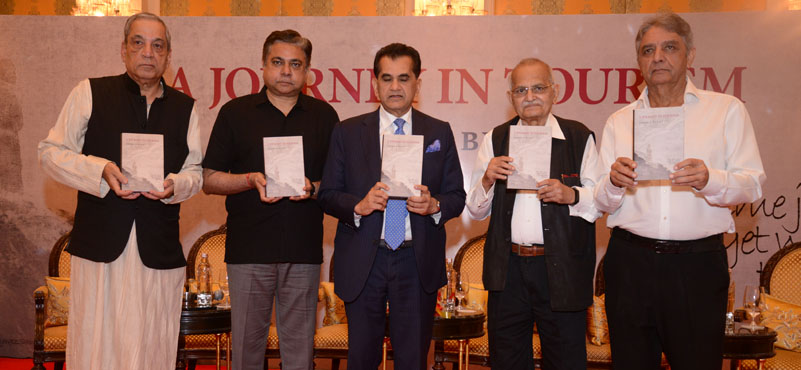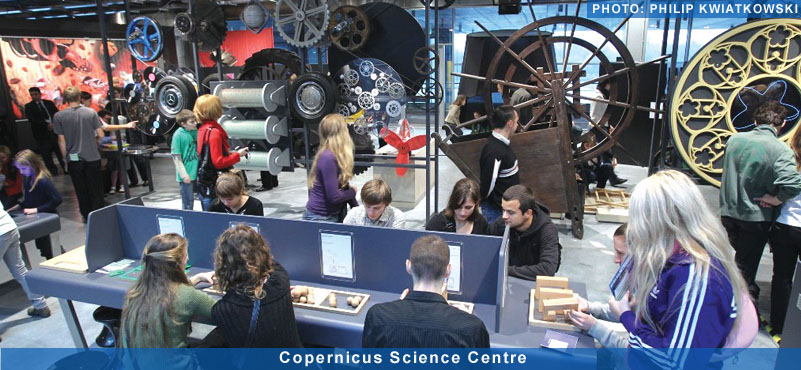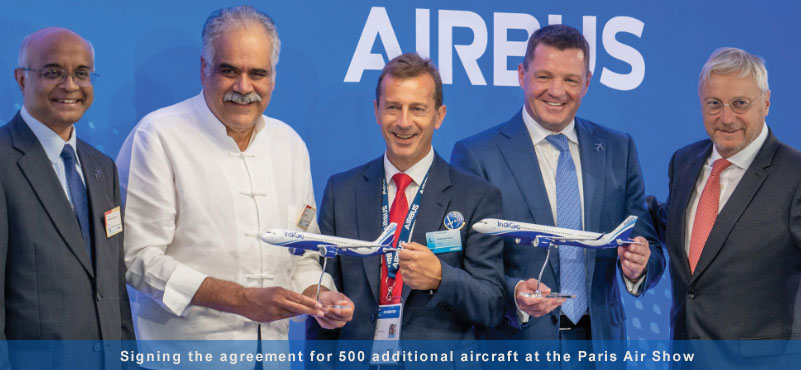Seeking holistic development for India’s tourism, which we believe is increasingly all embracing, stretching across sectors of the economy and society, Tourism First interviews Hardeep Puri, who is presently holding independent charge of two critical ministries – Urban Development and Civil Aviation. Never before has any union minister held this combination. Cities are the lifeline to our tourism effort and civil aviation provides the essential transport connect. Following are the excerpts:
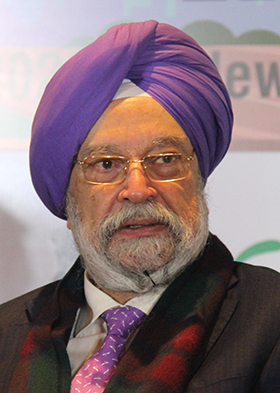 Those familiar with college rivalries in Delhi will know how unusual it is for a Hindu College history graduate to end up as a lecturer at St Stephen’s. But then Hardeep Puri was obviously a born diplomat, always able to balance diverse interests. In a 40 year career, he distinguished himself in several positions, as member of India’s delegation to the GATT/United Nations in Geneva on three different occasions; as ambassador to United Kingdom and Brazil, and as President of the United Nations Security Council in August 2011 and November 2012 and Chairman of the United Nations Security Council Counter-Terrorism Committee in 2011-2012.
Those familiar with college rivalries in Delhi will know how unusual it is for a Hindu College history graduate to end up as a lecturer at St Stephen’s. But then Hardeep Puri was obviously a born diplomat, always able to balance diverse interests. In a 40 year career, he distinguished himself in several positions, as member of India’s delegation to the GATT/United Nations in Geneva on three different occasions; as ambassador to United Kingdom and Brazil, and as President of the United Nations Security Council in August 2011 and November 2012 and Chairman of the United Nations Security Council Counter-Terrorism Committee in 2011-2012.
Inducted in the Union Cabinet in 2017, he took over as Minister of State (Independent Charge) of the Ministry of Housing and Urban Affairs, and has quickly added Minister of State (Independent Charge) Civil Aviation as well as one of the ministers of state in Commerce and Industry. Though he lost the Lok Sabha elections from Amritsar, which has proved to be the BJP’s waterloo, he is proving to be one of the party’s most bankable MPs. Whether he is attacking Arvind Kejriwal’s model of governance at an election rally in Delhi or launching a book at a Capital soiree, he is articulate, forthright, and businesslike.
With his wide experience across the world, he has taken to his ministerial tasks with vigour and rigour. Never one to shy away from saying what he believes, he speaks to Crosssection Conversations on a range of issues, from protests against the Citizenship Amendment Act to his party’s prospects for the Delhi elections.
What are the challenges in urbanising a country of India’s magnitude?
According to the first Census of India in 1951, around 17% of our population, of approximately 350 million, lived in urban spaces. According to the latest Census of 2011, 30% of 1.25 billion lives in urban spaces. According to a study conducted by consulting firm McKinsey, by 2030, 40% of India’s population, or 600 million Indian citizens will be living in cities. In addition, the same study indicates that for India to meet the demands of this rapid urbanization, we need to build 700 to 900 million square meters of urban space every year. This number is equivalent of one Chicago. Put another way, 70% of the India of 2030 is yet to be built.
For much of our post-colonial existence, urban space has been subjected to neglect which I have characterised as ‘criminal neglect’ even though cities contribute around 60% to our GDP. Our emphasis, perhaps rightly so, was on rural development. Prime Minister Narendra Modi is the first Prime Minister to recognise urban development as a win-win proposition. His flagship programmes in the urban space when seen in conjunction with one another, make India’s quest for urban rejuvenation the most comprehensive and ambitious urban development project conducted anywhere in the world.
What are the plans for Swachh Bharat 2.0?
We have to ensure that gains made from 2014-2019 are not lost. We are moving towards ODF+ and ODF++ frameworks – while the SBM ODF Plus protocol focuses on sustaining community/ pubic toilet usage by ensuring their functionality, cleanliness and maintenance, the SBM ODF Plus Plus will focus on achieving sanitation sustainability by addressing complete sanitation value chain, including safe containment, processing and disposal of faecal sludge and septage.
How easy or difficult is it going to be to get housing for all by 2022? Will the special focus on women mean a long-term transformation in society empowering women with some kind of property rights?
I have always maintained that in India there is no dearth of financial resources to complete developmental projects, as long as the projects themselves are bankable. And I would like to inform the readers through this platform that ‘Housing for All’ or Pradhan Mantri Awas Yojana (Urban) is a great example of what is a bankable project.
But before I delve into what has made the programme a success, let me share with you some data. Our target under the mission was to build 1 crore 12 lakh homes by the year 2022. Two years before the deadline, we have already sanctioned 1 crore 3 lakh homes, 60 lakh are under construction, and over 28 lakh have been handed over to the beneficiaries.
The earlier schemes on urban housing had not achieved in ten years what PMAY (Urban) has done in less than 5. What separates PMAY (Urban) from the earlier schemes? First, in earlier schemes, all housing project approvals were done at the central Government level. In PMAY(U), these approvals are being accorded at the State Government level. This flows from the Prime Minister’s strong belief that States must get the right to choose what is best suited for them. This is cooperative federalism in practice, silently acknowledging the rightful role of the elected Chief Ministers, away from the din of politics.
The scheme through its four verticals of In situ slum redevelopment; Affordable Housing in Partnership (AHP); Credit Linked Subsidy Scheme (CLSS) and Beneficiary Led Construction (BLC), offers a bouquet of options to the States to choose what is best for their people. The Mission looks at the daunting issue of slums; it focusses on affordable housing; it provides for a very attractive interest subsidy for those wanting to avail a housing loan; and finally, it also provides assistance to those who already have a piece of land but find it difficult to bridge that gap in their savings, to construct a house.
The Mission emphasizes that the ownership of houses constructed under the Mission should be in the name of the female member of the household or in joint ownership. Nothing can be a more powerful articulation on the empowerment of women. A house under PMAY(U) becomes an insurance for her safety and security.
How about the progress of smart Cities?
I am satisfied. But I understand why you have asked this question so let me elaborate.
The 100 Smart Cities were selected through a process of competitive bidding. 90 of these cities are brownfield, i.e. areas within existing cities have been chosen and are now being rebuilt/retrofitted. 10 cities are green field, i.e. these are entirely new cities, built from scratch.
To safeguard urban development from competitive populist politics, a decision was taken that these projects would be implemented through what is called a Special Purpose Vehicle and a Project Management Consultant. Now establishing a SPV and PMC takes about 15-18 months. It is also important to note that the cities were chosen in tranches, with the first tranche announced in January 2016. The thumb rule is that it takes about 5 years from the date of announcement to complete all the projects.
I would like to here mention the role of Integrated Command and Control Centres (ICCC) in the Smart Cities Mission. The ICCC acts like the nervous system of a Smart City. For instance, the delivery of all civic amenities is mounted on a central system, which is anchored in the ICCC. From the ICCC, one can track whether garbage has been collected and disposed properly; if traffic lights are being jumped; whether street lights are working and so and so forth. We have 32 ICCCs ready, and I am expecting 50 should be up and running in a month or two.
What is your plan for Air India?
I would like to state upfront that Air India is a first class asset. It has landing rights in about 40 international destinations; it has around 150 aircrafts on its books; and has an excellent safety and security record, in part due to its excellent cabin crew.
Having said that, fact is, and I have stated this on the floor of Parliament, the Government of India can no longer run the airline simply because it has accumulated too much debt. Why has it come to this situation, is an entirely different proposition, and one which I wouldn’t like to get into at the moment.
But the fact remains that the precious government resources, which can be used for developmental needs, can no longer keep the airline running. Which by corollary means we have to privatize the airline.
You have been a vocal defender of CAA and have said the Nankana Sahib stone throwing is symptomatic of why we need it. Could you explain your stand a bit?
There is a lot of misinformation going around regarding CAA. It is important to understand what the CAA is what it is not. I have written an article with this very headline.
The CAA has no bearing on Indian citizens, including our various minority communities. The Act in essence is a process of affirmative action – it seeks to confer citizenship rights on those individuals who fled our neighbouring countries on account religious persecution. And given that these countries are Islamic Republics, and by definition cannot persecute Muslims, the Act seeks to safeguard the interest of six minority communities in these countries. It is also important to note that the Act has a cut-off date of December 31, 2014, which means only those persecuted individuals, who came to India before this cut-off date, are eligible for these rights. Any persecuted person, from anywhere in the world, including Muslims from India’s neighbourhood, are still eligible to apply for citizenship using other channels, on a case-by-case basis.
Now on the violence that took place at the Nankana Saheb Gurudwara. Do we need any more proof that minority communities in Pakistan are persecuted, and this persecution is violent in nature? As a Sikh, I was aghast at what happened. The attitude of the Pakistani establishment shows they do not care for their minority communities and give a free reign to elements who use violence as a means of suppression. The CAA protects those individuals who fled from such violence and came to India. It is a morally and legally just law.
What was the idea behind regularising 20 unauthorised colonies in delhi? is it linked to the elections in delhi?
Again, the linking of unauthorized colonies with Delhi elections is misrepresentation of facts.
When I joined the council of ministers in September 2017, I had written to the Chief Minister of Delhi asking him what steps his government has taken to give property rights to individuals living in these areas. I was told that his government needs two years to resolve the matter. Remember, the process of finding a resolution of this issue began in 2008.
When I was told that the Delhi government needs two more years, I took them at face value. This was perhaps an error on my part because in 2019, when the two years were up, the Delhi government, in affidavit filed in the High Court, said it needs another two years. This is when I said enough was enough.
There are over 40 lakh citizens living in these colonies. How much longer do they have to wait to get a claim on their property?
Prime Minister Modi’s government has not just regularized these colonies, but given the residents “Malkana Haq”. They can now leverage their right to get loans and mortgages and improve their living conditions. If it was up to the Delhi Chief Minister, he would have let these 40 lakh citizens live in misery while he spent his time, money, and energy, on taking out advertisements in newspapers.
What does Delhi want for the elections and beyond them?
The people of Delhi are tired of populist politics. They don’t want a start-up running the affairs of the city. From my interactions I get the sense that they want mature politics and governance.
Let me give you one example. The Delhi government recently announced they are making bus rides free for women. On the face of it, this sounds like a noble initiative. But reality is that the Delhi has an authorization for 11,000 buses but only 4,000 odd ply on the roads. The Delhi government is not sanctioning additional buses because they do not understand the basics of governance – their idea of governance is inspired by their populist politics. The people of Delhi are tired of such gimmicks.

